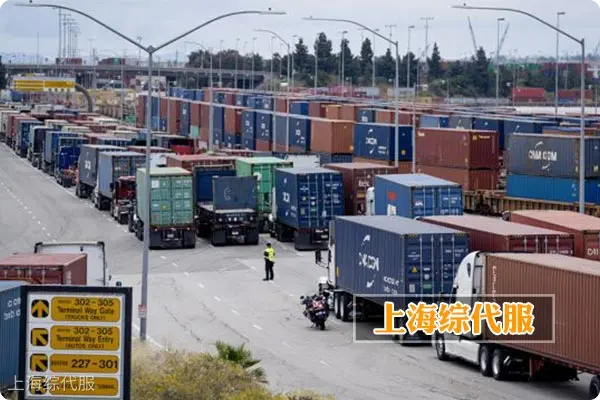Status of Labor Negotiations: Preliminary Agreement
On June 15, 2023, a major turning point in the U.S. Terminal Labour negotiations, the International Terminal and Warehouse Union (ILWU) and the Pacific Maritime Association (PMA), representing the employer group, reached a preliminary labor contract agreement under the mediation of the U.S. Agent Labour Council. PMA and ILWU said they had agreed on contracts for the next six years covering 29 ports.

The impact of strikes on the U.S. economy
Previously, due to unified negotiating positions on wage increases, delayed progress in labor negotiations and shutdowns from Port of Los Angeles to Port of Seattle, the U.S. economy could lose $1 billion a day.
Difficulties in the recovery of the transport industry
While labour agreements have been reached, it is not easy to restore the U.S. West route to its previous state. Since last year, shippers have begun shipping goods to maritime hubs in the eastern U.S. and the Gulf of Mexico to avoid shipping disruptions. This has led to a decline in U.S. West Coast ports’ market share in container imports and exports. As a result, shippers have repeatedly stated that they will not send goods back to the West Coast port unless the agreement is officially signed. Severe drought has continued to lower the water level of the Panama Canal, bringing new problems to shipping goods to East America.
Changes in prices after the strike
Despite the impact of the strike, the U.S. West Line shipment price hike is expected to be a hot spot on the market, but in fact, U.S. Line shipment prices fell again after the ferry company pushed up. The ferry company price hike is difficult to support because demand has not significantly improved. According to the NCFI index of Ningbo Airways, U.S. Line shipping prices continued to rebound the previous week (June 10-16).
In summary, the ports of the U.S. West Coast have made significant progress in labor negotiations, but still face great challenges in bringing the transportation industry back to normal operation. In the context of a relatively slow recovery of high inventory and consumer capacity, the increase in freight demand has had a certain impact. The main melody of future container instant shipping prices may be the demand withdrawal adjustment in a weak cycle of loose supply, shock and no obvious directional choice.


 Follow customer service WeChat
Follow customer service WeChat